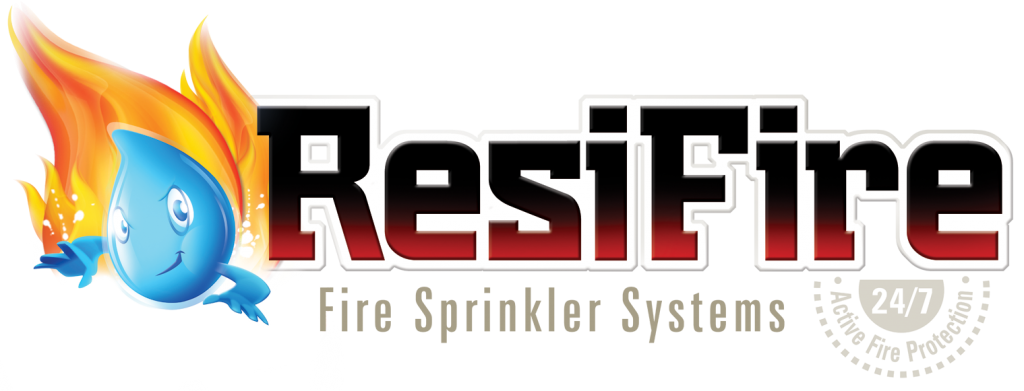Home fire sprinkler systems are designed to:
- Activate quickly once the operating temperature is reached
- Discharge water only from the sprinkler that is activated by fire
- Discharge water at a rate of 50 litres to 100 litres per minute when activated
- Prevent fire within the home becoming a threat to life.
- Allow you and other occupants of your home to escape from the fire.
- In the case of combined systems, uses the same water for fire suppression that comes into the home for normal living use.
- Automatically extinguish or control a fire within a sprinkler – protected room.
Home fire sprinkler systems are not designed to:
- Provide early warning to the occupants by means of a water flow alarm (in some cases, it will be possible to provide such an alarm, which may be linked into a home security system). For this reason, smoke alarms are an integral part of the total life safety system within the home.
- Automatically notify the fire service.
- In the case of combined systems, be shut off or shut down separately from the normal domestic water supply.
- Automatically shut the sprinkler water flow off after activation.
- Fully control or extinguish a fire –
- which originates in an non-sprinkler protected area before spreading to a sprinkler protected area;
- where combustible material is not the amount or type of material normally found in a home;
- where unauthorized changes have been made to the plumbing system after installation; or
- when the fire starts under an obstruction such as a desk or work bench.
Areas not covered by the sprinkler system (as per Australian Standards AS2118.5-2008)
- Unattached garages (unless used for sleeping)
- Toilets and bathrooms
- Wardrobes
- Subfloor area
- Ceiling void
This does not mean that sprinklers cannot be fitted into these areas, if required, it would provide additional fire protection.
